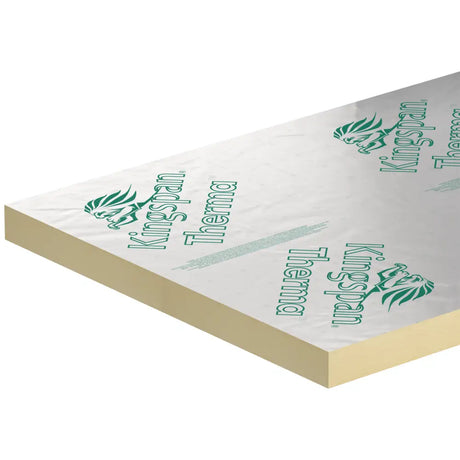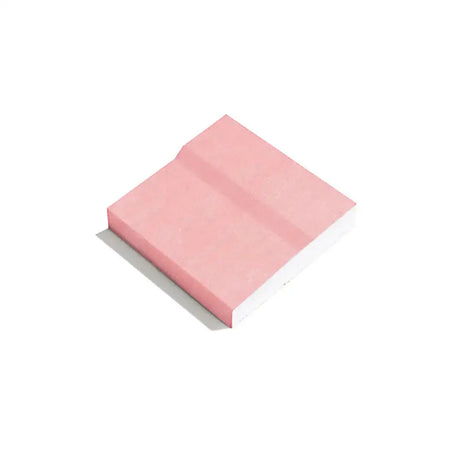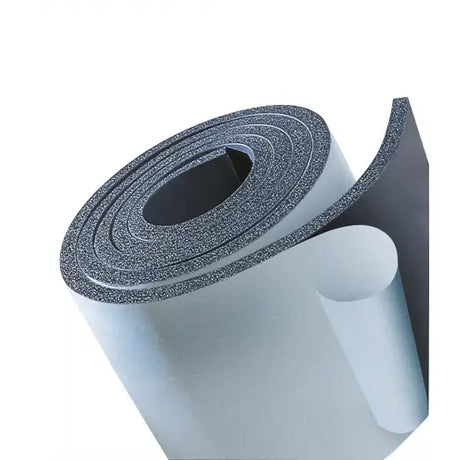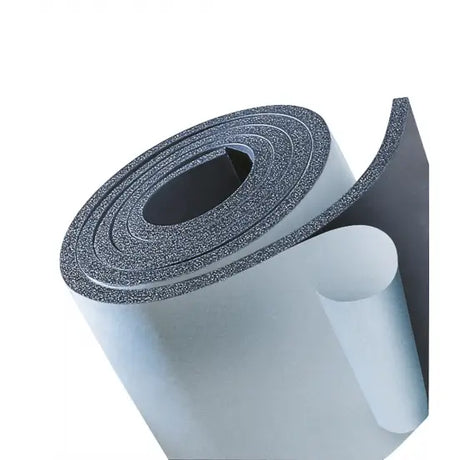Chemical Resistance of Mastics
Introduction
When it comes to ensuring the integrity of constructions and installations, mastics are the unsung heroes. But what exactly are mastics? Simply put, they are a type of sealing or bonding agent, commonly used to fill gaps, seal joints, and provide protective coatings. They are the chameleons of the construction world, often going unnoticed while providing crucial protection against various elements.
Why is chemical resistance so important in mastics? Imagine a protective barrier that's supposed to shield against harsh substances but fails to do so – the consequences could be disastrous. That's where chemical resistance comes into play – it's a mastic's ability to withstand exposure to chemicals without degrading. This property is paramount, especially in environments where contact with aggressive substances is a daily occurrence.
Understanding Chemical Resistance
What is Chemical Resistance?
At its core, chemical resistance is the ability of a material to maintain its original properties and structural integrity when faced with chemical exposure. It's like having an umbrella that refuses to turn inside out in a storm; it stands resolute, ensuring you stay dry.
Factors Affecting Chemical Resistance in Mastics
Several factors play a pivotal role in determining how well a mastic can resist chemical attacks:
- Type of Chemicals: Some are bullies like strong acids, while others are more like the quiet kid in class, such as mild detergents.
- Exposure Duration: The longer a mastic is exposed to a chemical, the more likely it is to show signs of distress. It's a bit like sunbathing; a quick dose of sunshine is fine, but spend too long, and you'll end up burnt.
- Temperature: High temperatures can make chemicals more aggressive, just like a heated argument tends to be more intense than a cool-headed discussion.
Common Chemicals and Their Effects
Chemicals are everywhere, and their interaction with mastics can be a make-or-break affair. It’s crucial to understand the usual suspects and their potential impacts.
Acids
Effects on Mastics
Acids can be relentless, chipping away at the mastic's defences. They can cause softening, swelling, or even complete breakdown of the mastic. It's akin to a lemon squeezing its citrusy fury onto a piece of metal, eventually leading to corrosion.
Alkalis
Impact on Mastic Properties
Alkalis, like their acidic counterparts, can also wreak havoc. They can lead to discolouration, loss of adhesion, or structural weakening. Imagine a strong alkali as a slowly rising tide, gradually weakening a cliff face until it crumbles.
Solvents
Influence on Mastic Chemical Resistance
Solvents can dissolve mastics, leading to loss of integrity. They act like an uninvited guest that dissolves away the party atmosphere, leaving nothing but a mess.
Testing Methods for Chemical Resistance
To ensure mastics can hold their own against chemical onslaughts, rigorous testing is essential. But how do we test their mettle?
ASTM Testing Standards
The American Society for Testing and Materials (ASTM) provides standardized methods to measure the chemical resistance of mastics. It's like having a referee to ensure the game is played fairly.
Immersion Testing
Procedure
Immersion testing involves dunking a mastic sample into a chemical for a specified period and then checking for changes. Think of it as a swim test for materials – can they stay afloat in a hostile environment?
Evaluation of Results
The aftermath of this chemical bath is telling; any swelling, cracking, or erosion is a red flag. It's a process of elimination, survival of the fittest in the chemical world.
Factors Affecting Chemical Resistance
Ensuring a mastic can resist chemical attack is a bit like preparing for battle; every detail can influence the outcome.
Type of Mastic Material
The base material of the mastic plays a massive role in its chemical resistance. Some are like knights in shining armour, while others are more akin to a foot soldier in a paper uniform.
Additives for Enhancing Chemical Resistance
Special additives can be mixed into mastics to bolster their defences against chemicals. It's like giving the mastic a shield in addition to its armour.
Surface Preparation and Application Method
How well the surface is prepared before applying the mastic, and the application method itself, can significantly impact chemical resistance. It's the difference between building a fortress on solid rock or on shifting sands.
Importance of Chemical Resistance in Various Applications
Certain applications demand the highest levels of chemical resistance from mastics; it's non-negotiable.
Industrial Flooring
In an environment where spills are as common as rain in Britain, industrial flooring must withstand all sorts of chemicals without flinching. It's the front line in the battle against chemical damage.
Chemical Storage Areas
Storage areas for chemicals are like high-security vaults; they need the best protective measures to prevent a breach. Chemical resistance is not just important here; it's critical.
Pharmaceutical Manufacturing
In the pristine world of pharmaceutical manufacturing, even the slightest chemical reaction can be catastrophic. The mastics used here must be as reliable as a Swiss watch.
Best Practices for Maintaining Chemical Resistance
Maintaining a mastic's chemical resistance is a bit like taking care of a prized garden; it needs regular attention to thrive.
Regular Inspections
Frequent checks are essential to spot any early signs of chemical wear and tear. It's always better to catch a problem while it's small, rather than wait for it to grow into a full-blown disaster.
Proper Cleaning and Maintenance
Keeping the area clean and well-maintained helps prolong the chemical resistance of mastics. It's like ensuring your garden isn't overrun with weeds that could choke the flowers.
Reapplication of Protective Coatings
Sometimes, a mastic may need a fresh coat of protective layer to maintain its chemical resistance. Consider it a fresh coat of paint to keep the elements at bay.
Understanding Mastic Deterioration
Signs of Chemical Damage
Spotting the signs of chemical damage in mastics is crucial. It could be discolouration, a change in texture, or even an unpleasant odour. It's like noticing the warning lights on your car's dashboard – ignore them at your peril.
Effects on Mastic Performance
Chemical damage can severely affect a mastic's performance. Its ability to seal, bond, or protect can be compromised, leading to potential failures. It's the equivalent of a weakened link in a chain, ready to break at any moment.
Role of Protective Coatings
Protective coatings act like a mastic's loyal knight, providing an extra layer of defence against chemical invasions. Let's delve into how they stand guard.
Function of Coatings in Enhancing Chemical Resistance
These coatings serve as a barrier, taking the brunt of the chemical assault and preserving the mastic's integrity. Imagine a protective suit in a science lab; it's the first line of defence against potential spills.
Types of Coatings Suitable for Different Chemicals
Not all coatings are created equal. Some are designed to fend off acids, others to resist alkalis, and some are all-rounders. It's about choosing the right warrior for the battle you're facing.
Case Studies on Chemical Resistance in Mastic Applications
Successful Chemical Resistance in Industrial Settings
There are tales of triumph where mastics have held their ground against aggressive chemicals in the industrial arena. These success stories are a testament to the importance of selecting the right mastic for the job.
Challenges Faced and Overcome in Chemical Exposure Scenarios
However, every victory is born from overcoming challenges. Instances where mastics were initially overwhelmed by chemical exposure but were later fortified, illustrate the importance of learning from experience. It's akin to patching up holes in a ship's hull after a storm.
Regulations and Compliance
Navigating through the maze of health and safety regulations related to chemical resistance in mastics is crucial. It's about playing by the rules to ensure everyone's safety.
Health and Safety Regulations Related to Chemical Resistance in Mastics
These regulations are the rulebook, setting out the standards that mastics must meet to ensure they provide adequate protection. It's the industry’s way of ensuring a fair game where safety is the top priority.
Compliance Standards for Specific Industries
Different industries have different compliance standards, tailored to the unique risks they face. It's like having a customised insurance policy that covers all the specific potential hazards.
Future Developments and Innovations
The world of mastics is not static; it's an ever-evolving landscape with exciting developments on the horizon.
Advancements in Mastic Technology for Improved Chemical Resistance
Research is paving the way for mastics with even better chemical resistance, much like the development of new medicines to combat evolving bacteria.
Potential Impact of New Materials and Formulations
The introduction of new materials and formulations could revolutionise the way we protect surfaces from chemical damage. It's as if we're on the cusp of a new era in protective materials, one where the possibilities are endless.
Conclusion
In the end, the importance of chemical resistance in mastics cannot be overstated. It's a critical factor that must be considered when selecting and maintaining these vital construction components. With the right knowledge and practices, we can ensure that our structures remain safe and intact, even when faced with the harshest of chemical environments.
Remember, choosing a mastic with the appropriate level of chemical resistance is like choosing the right tool for the job – it can make all the difference between success and failure. Regular maintenance and adherence to regulations further fortify this resistance, ensuring longevity and reliability. Finally, staying abreast of innovations means we can continue to improve and adapt to an ever-changing landscape of chemical challenges.
Think of mastics as the silent guardians, the watchful protectors against chemical onslaughts. They may not always be visible, but their role is absolutely vital, safeguarding our built environment one seal at a time. Whether you're dealing with industrial floors, chemical storage areas, or the precise world of pharmaceutical manufacturing, never underestimate the power of a chemically resistant mastic. It's the unsung hero that stands between us and potential disaster, a thin yet mighty line of defence that we can count on.
































































